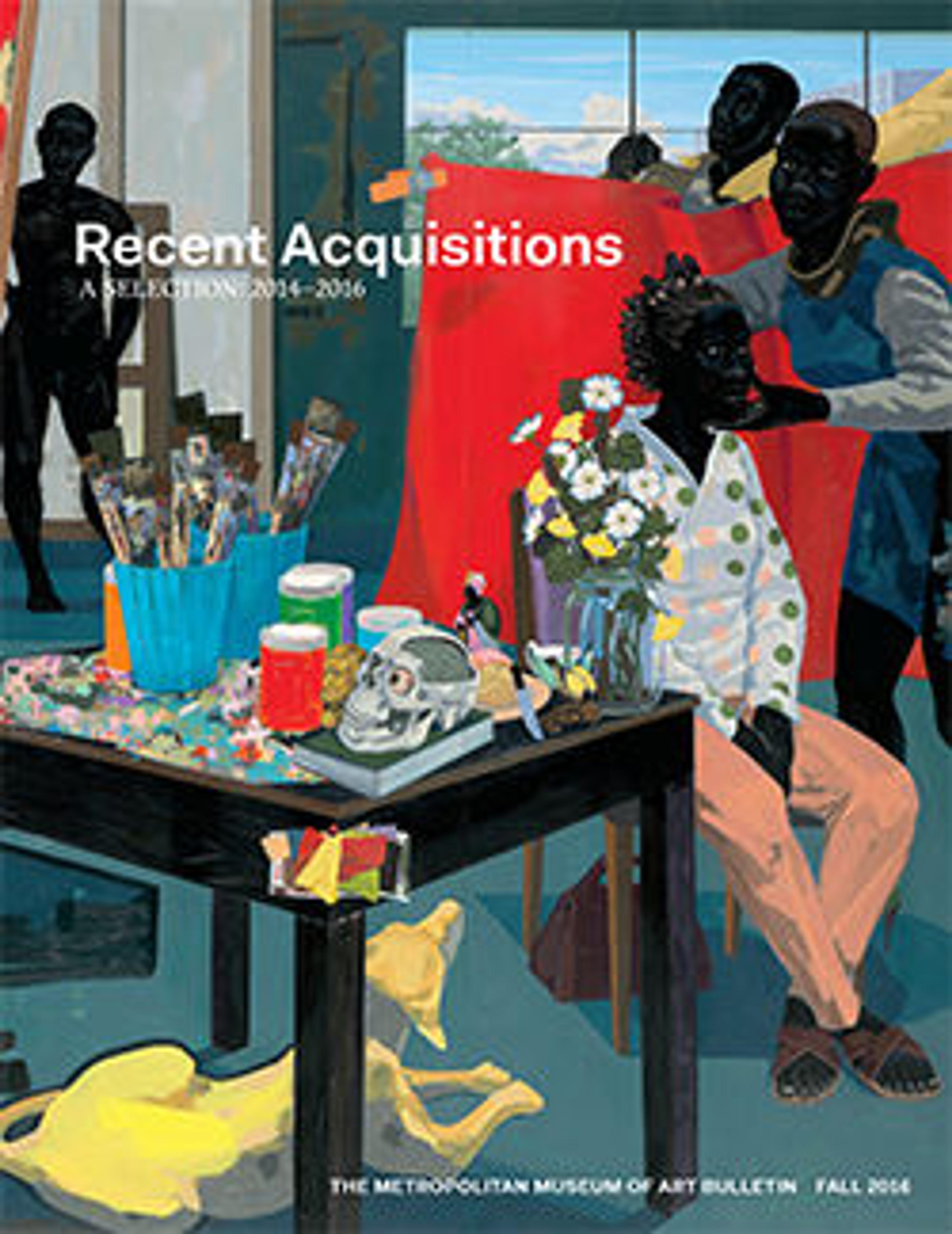Atmospheres
Reflecting an interest in natural history, technology, and architecture, the prints in Atmospheres reveal a remarkable complexity, both when viewed individually and as a series. A rhythm established through the artist’s mark making, use of materials, and palette (which is to restricted to black, two different whites, and tones of gray) connects the images. By limiting the colors, Winters allows the viewer to concentrate on each work’s construction and intricate structure, as well as links between the different pieces. The artist has described these powerful works--the largest and among the most complex prints he has made—as "life-sized" as they are geared towards the scale of the body. The title, Atmospheres, comes from a 1961 work by the Hungarian composer György Ligeti. Best known for "micropolyphonic" compositions—that is, dense sound structures that reject melodic and conventional rhythms—Ligeti’s work, including Atmospheres, was prominently featured in Stanley Kubrick’s 1968 film 2001. Winters evokes what Ligeti describes as the impenetrable nature of his music (which the composer compared to a "densely woven cobweb") through the layering of diverse marks, multiple networks, and cell-like structures in Atmospheres, an effect achieved by layering impressions from numerous screens, which are printed up to thirty-eight times for a single print. Winters used an ink normally reserved for printing braille type; because it had a high viscosity, the ink created a sense of materiality and texture, qualities generally not associated with screenprints.
Artwork Details
- Title: Atmospheres
- Artist: Terry Winters (American, born Brooklyn, New York, 1949)
- Date: 2014
- Medium: Suite of twelve screenprints on Lanaquarelle paper
- Dimensions: Each sheet: 58 1/2 in. × 44 in. (148.6 × 111.8 cm)
- Classification: Prints
- Credit Line: John B. Turner Fund, 2016
- Object Number: 2016.131.1–.12
- Rights and Reproduction: © Terry Winters
- Curatorial Department: Drawings and Prints
More Artwork
Research Resources
The Met provides unparalleled resources for research and welcomes an international community of students and scholars. The Met's Open Access API is where creators and researchers can connect to the The Met collection. Open Access data and public domain images are available for unrestricted commercial and noncommercial use without permission or fee.
To request images under copyright and other restrictions, please use this Image Request form.
Feedback
We continue to research and examine historical and cultural context for objects in The Met collection. If you have comments or questions about this object record, please complete and submit this form. The Museum looks forward to receiving your comments.
